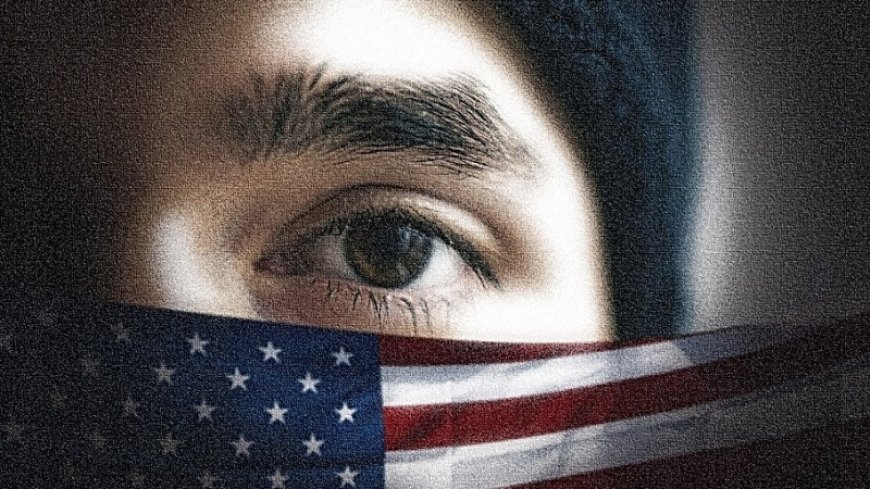Combatting Islamophobia: Exploring Perspectives and Strategies

In the wake of geopolitical shifts and the redefinition of global roles, the phenomenon of Islamophobia has come under intense scrutiny, with experts examining its origins, proliferation, and impact. From academia to media analysis, diverse viewpoints offer insights into the complex interplay of historical legacies, geopolitical agendas, and cultural representations.
Ehsan Azarkamand, Director of the Department of Art, Communication, and Virtual Space at the General Directorate of Islamic Research, identifies Islamophobia as a product of the colonial mindset entrenched in Western societies. He traces its roots to the destabilization of political Islam, suggesting that Western powers perceived the resurgence of Muslim identity as a threat to their dominance.
Bashir Esmaili, a university faculty member, delves into the political motivations behind Islamophobia, highlighting the role of perceived enemies in shaping foreign policy. He argues that the post-9/11 era provided a convenient narrative for American policymakers, offering a tangible enemy to rally against and justify interventionist strategies.
Ali Darabi, a media expert, sheds light on the role of Hollywood in perpetuating Islamophobic stereotypes. He identifies patterns in cinematic portrayals of Islam, including its depiction as a monolithic and inferior culture, divorced from shared human values. Such representations, he suggests, reinforce discriminatory attitudes and justify hostile actions against Muslims.
Seyyed Hossein Sharafaldin, a lecturer at Imam Khomeini University, exposes the psychological warfare tactics employed by Hollywood to vilify Islam. He highlights the use of stigmatization, humiliation, and dehumanization to instill fear and bias in audiences, perpetuating a cycle of negative perceptions.
Arzoo Murali, drawing on Dr. Saidreza Ameli's concept of "dominant hatred," examines the pervasive nature of anti-Muslim sentiment in Western societies. She argues that Hollywood, alongside legal, political, and educational institutions, contributes to the normalization of Islamophobia, fostering an environment conducive to discrimination and violence.
These perspectives underscore the urgent need for concerted efforts to combat Islamophobia and promote intercultural understanding. By challenging stereotypes, addressing systemic biases, and fostering empathy, stakeholders can work towards building inclusive societies that reject discrimination and uphold human dignity. As the discourse on Islamophobia continues to evolve, dialogue and collaboration remain essential tools in the quest for a more just and equitable world.













































